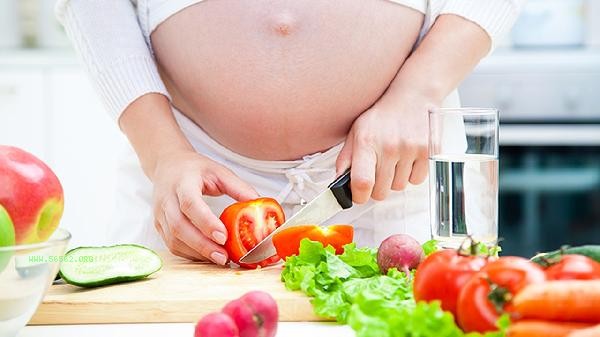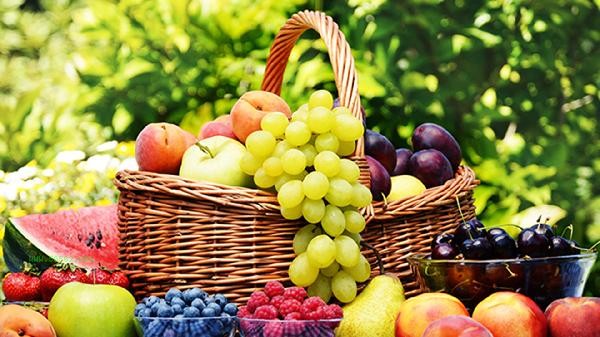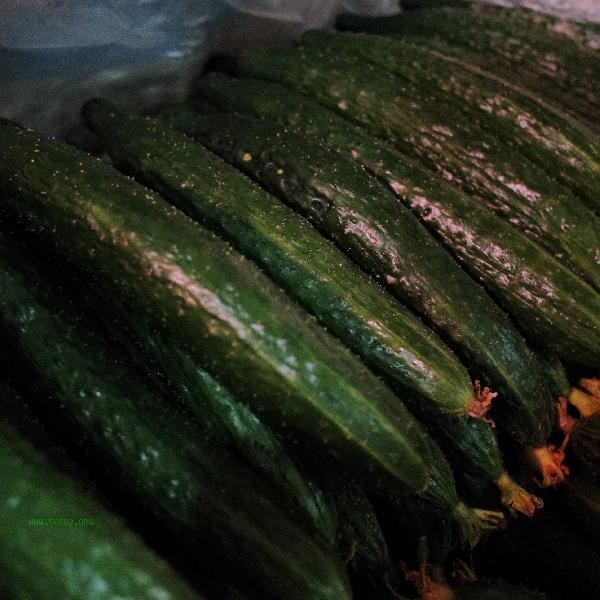A large amount of vegetables can be sold through channels such as agricultural wholesale markets, community group buying platforms, direct supply from catering enterprises, online e-commerce platforms, and local supermarket cooperation. Different channels have different requirements for vegetable quality, packaging, and transportation conditions, and matching methods need to be selected according to the actual situation. The agricultural wholesale market is the main channel for traditional bulk vegetable sales, suitable for growers with stable production and transportation capabilities. This type of market usually has fixed buyers with large trading volumes but significant price fluctuations, and it is necessary to pay attention to changes in market conditions. Community group buying platforms have developed rapidly in recent years. They can organize community residents to purchase in a centralized manner through group leaders, reducing intermediate losses. However, they have high requirements for vegetable quality and delivery time. Catering enterprises need to establish long-term cooperative relationships for direct supply, comply with food safety standards, provide stable sources of goods, and be suitable for large-scale planting bases with a single variety.

Online e-commerce platforms such as fresh food apps or social e-commerce can directly reach consumers, but require packaging and logistics costs, suitable for high-quality or specialty vegetables. Local supermarket cooperation requires the highest level of standardization for vegetables, including testing reports and stable supply capabilities, but sales prices are relatively stable. Regardless of which channel is chosen, it is recommended to understand the demand characteristics of the target market in advance, prepare for graded packaging and cold chain transportation, and establish a product traceability system to enhance competitiveness. Small and medium-sized farmers can try various channel combinations to gradually screen out the most suitable sales model. During the sales process, attention should be paid to the freshness management of vegetables, timely pre cooling treatment after harvesting, and temperature and humidity control during transportation. Establish a stable customer feedback mechanism, adjust planting varieties and market launch time according to market demand. You can participate in agricultural exhibitions or origin open days to enhance brand awareness. Collaborate with local agricultural cooperatives or industry associations to share sales resources and market information, reducing the cost and risk of developing independent channels. Long term development can consider applying for green food or organic certification to increase product premium ability.










Comments (0)
Leave a Comment
No comments yet
Be the first to share your thoughts!